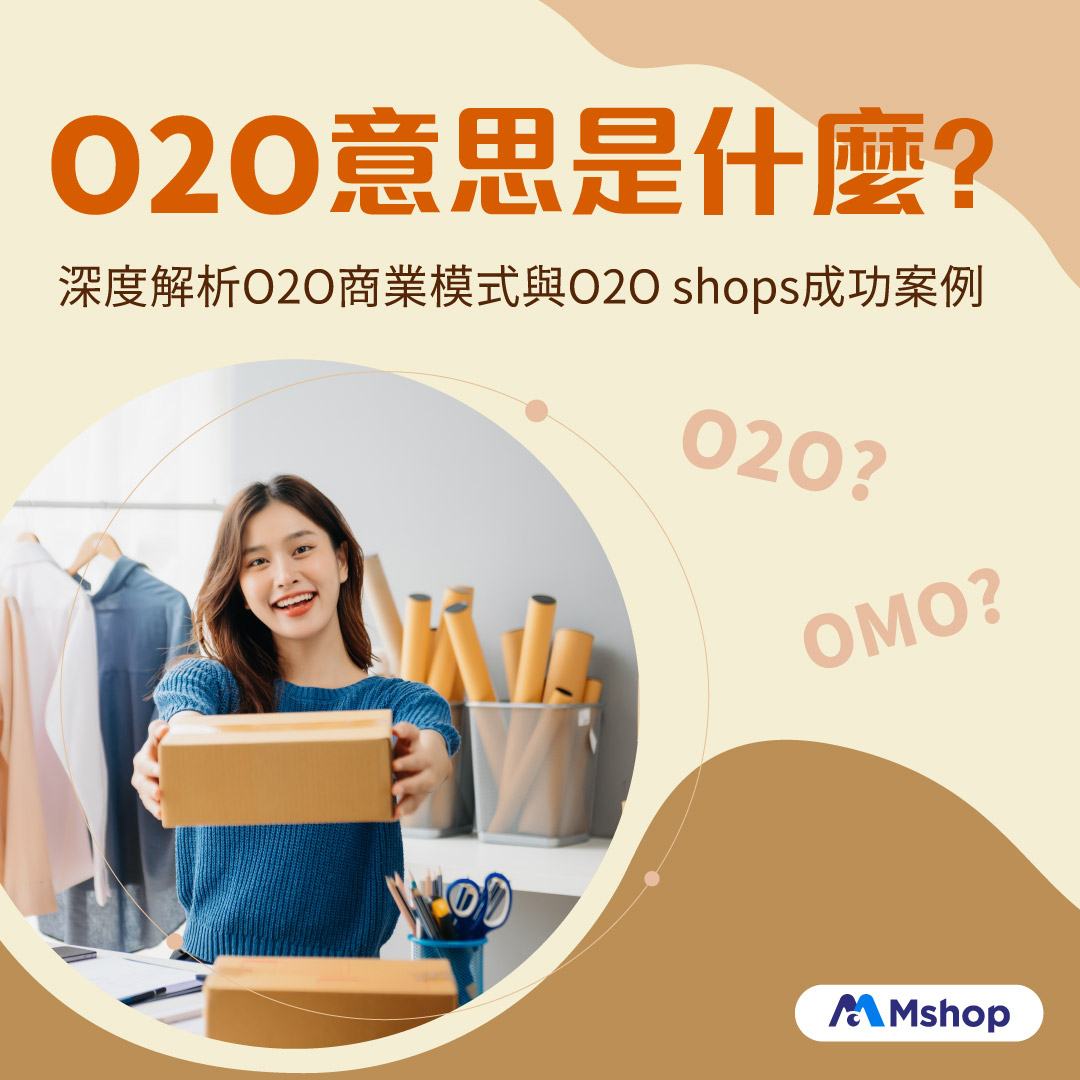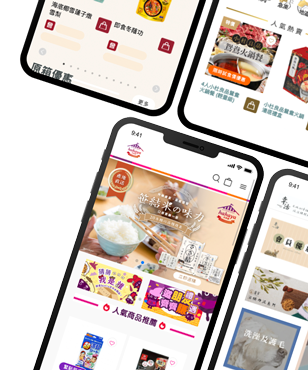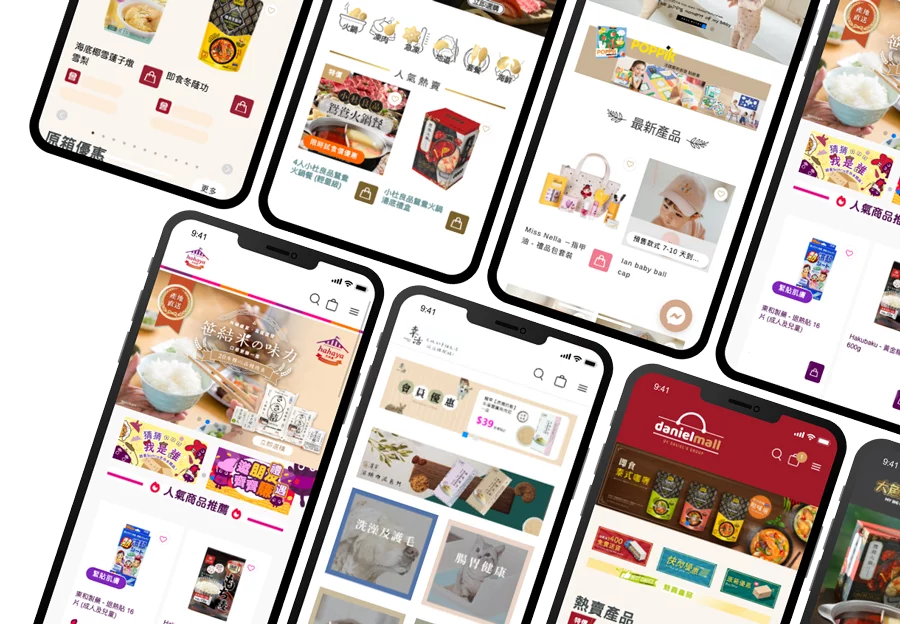
【Understanding O2O】Exploring the Business Model and Successful O2O Shop Case Studies
O2O Introduction
The O2O (Online to Offline) business model has become a prevailing trend in today’s business landscape. This model seamlessly integrates online and offline shopping experiences, directing online customers to physical stores and opening up vast opportunities for businesses. In this article, we will explain the meaning of O2O, its business model, and showcase successful case studies in O2O shop marketing. Discover how to leverage the O2O concept to enhance your retail business by combining the advantages of online and offline realms and adding value to your operations.
What is the O2O business model?
The O2O business model refers to a marketing approach that utilizes online promotion and advertising to attract consumer attention and lead them to make purchases at physical stores. This strategy combines the convenience of online platforms with the tangible experience of brick-and-mortar stores, providing consumers with a complete shopping experience.
O2O vs OMO: What’s the Difference?
O2O (Online to Offline) and OMO (Online Merge Offline) are two related but distinct concepts. O2O primarily focuses on directing online consumers to physical brick-and-mortar stores, while OMO aims to integrate online and offline channels to provide a seamless shopping experience. O2O emphasizes guiding consumers to offline stores, whereas OMO places more emphasis on integrating online and offline resources to provide a unified brand image and service.
What is the Purpose of the O2O Business Model?
The O2O business model caters to consumer needs by allowing them to search for information online and make purchases at physical stores. As a result, the O2O model attracts a larger target audience, increases brand exposure and awareness. Additionally, the O2O model fosters customer loyalty by providing personalized services and incentives.
Successful O2O Shop Case Studies
Below, we will explore successful examples of O2O marketing strategies, which will demonstrate how O2O brings tangible business value to companies.
O2O Shop Case Study – Uniqlo: “In-store pickup, available the same day”
In comparison to larger geographical regions like Japan and Taiwan, physical store networks in Hong Kong are relatively dense. Uniqlo introduced a “same-day in-store pickup” service across all its physical stores in Hong Kong. By placing an online order before 11 a.m. on the same day, customers could collect their purchases from the physical stores on the same evening, with no additional shipping fees.
Since the launch of this service, Uniqlo’s online orders have increased from 15% to as high as 40%. Customers appreciate the ability to choose special sizes ranging from slim to double extra-large and utilize the service to modify pants’ lengths online, with the usage rate surpassing the target by a remarkable 183%.
O2O Shop Case Study – Price.com: “Online Quotes, Offline Purchases”
Price.com provides an online quoting feature that attracts customers to check product availability and reserve items online before making purchases in physical stores. There is even an opportunity for customers to be enticed by other products available in-store and make additional purchases.
O2O Shop Case Study – IKEA: “Online Browsing, Offline Purchases”
The integration between IKEA’s online catalog and physical stores is another successful O2O strategy. Due to the wide range of IKEA’s product offerings, it is challenging to display every item in every store. Therefore, their website provides detailed product information, allowing customers to browse and plan their shopping lists from the comfort of their homes. They can then visit a physical store that has the desired items in stock to make their purchases.
Conclusion: O2O is important to retail industry
O2O provides companies with an opportunity to establish closer customer relationships in both the online and offline worlds. By combining the convenience of online shopping with the in-store experience, businesses can offer better customer service and increase their performance. With the right O2O platform, companies can effectively attract and retain customers, leading to long-term business success.
O2O Platform: Mshop Supports Online Shops and Retail POS Systems to Create a Complete O2O Solution
Mshop, an online retail POS system, provides hardware support (including barcode scanners, receipt printers, cash registers, etc.), synchronization of online and offline data, membership systems, and mobile apps for in-store pickup. It is known for its user-friendly interface, allowing your team members to quickly adapt and easily manage daily store operations, realizing the O2O business model.
If you are looking for an O2O platform and want to learn more about retail POS systems, make an appointment for our free professional consultation on setting up an online shop. Experience the convenience of the Mshop online store system, which combines “online store,” “mobile app,” and “in-store POS” functionalities in one.


